Top 10 Amazing Icelandic Volcano Facts
As a volcanic island, Iceland is home to many active, dormant, and extinct volcanoes. Past and current volcanic activity is a defining feature of the island, and it is what gives Iceland many of its unique landscapes and geothermal activity. There is absolutely no danger when traveling to Iceland, as the country is well-equipped with defenses of all measures against any possible seismic activity.
Volcanic activity, however, is not without its drawbacks. You may remember Iceland's last large volcanic eruption in 2010 when Eyjafjallajökull filled the sky with ash and disrupted hundreds of flights across Europe. Even as recently as 2023, the country has been shaken by seismic activity near Reykjavík and again with the threat of an eruption near the settlement of Grindavík.
The people of Iceland live in relative harmony with these often-unpredictable sleeping giants. But are you familiar with all there is to know about Iceland’s volcanic activity? It’s best to learn as much as you can before your Icelandic adventure to appreciate Iceland’s landscapes for what they are. Here are just 10 amazing facts about volcanic activity in Iceland, from how many volcanoes there are in Iceland to which of them is the deadliest!
You can always stay up to date on volcanic activity in Iceland by checking on the Icelandic Met Office website.
1. Mount Hekla has erupted 18 times since 1104.
Mount Hekla is one of Iceland’s most famous and active volcanoes, with eruptions throughout the country’s history devastating the population’s food supplies on numerous occasions. These sudden and destructive eruptions are infamous for being some of the biggest in the country’s history, deadly to people and animals. The last eruption was in the year 2000. Many people think the country is overdue for an eruption from this reactive volcanic system…
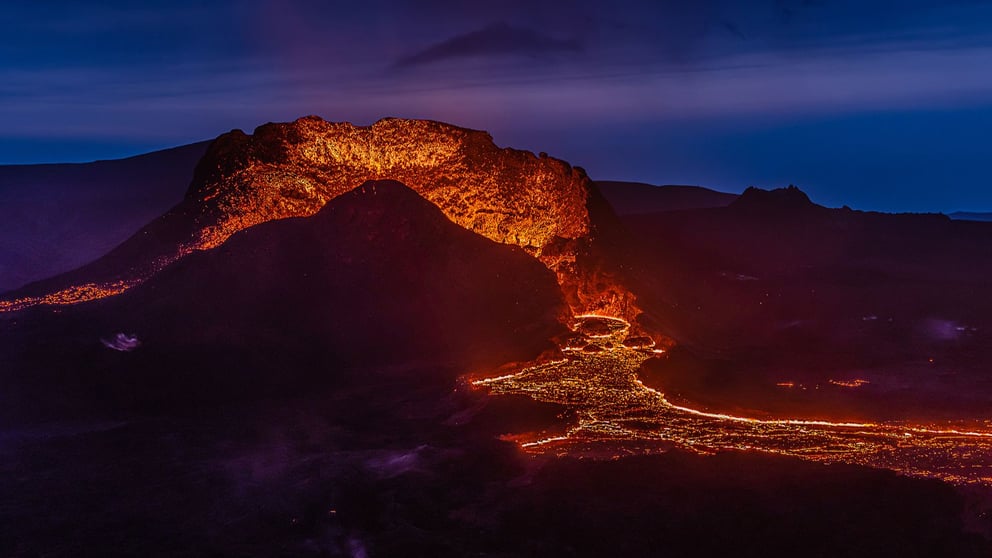
2. Parts of Iceland frequently experience earth tremors.
Typically, earthquakes and volcanic eruptions go hand in hand. One normally means the other. That’s why the hundreds of earthquakes felt in November 2023 caused the evacuation of Grindavik before any eruption even occurred! However, in some parts of Iceland, activity under the earth’s crust causes mild tremors of varying severity. When earthquakes were felt, ancient Icelanders used to say “The trolls are making love”.
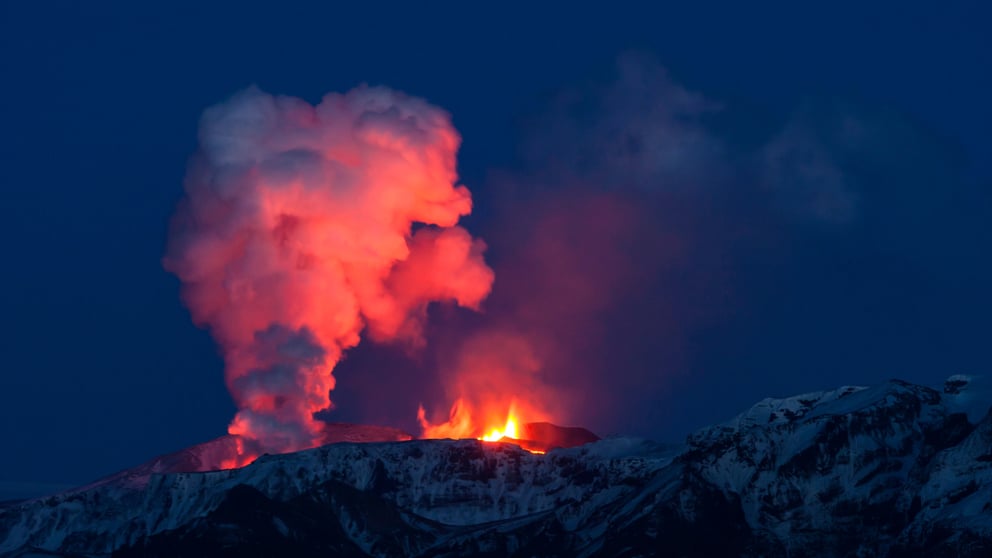
3. Iceland is home to around 130 volcanic mountains.
The answer to the question of how many volcanoes there are in Iceland is not a simple one. Officially, there are about 130 volcanic mountains in Iceland. While this sounds like a lot, many of these volcanoes are determined to be extinct or dormant, meaning they are very unlikely to erupt. There are somewhere between 30 and 40 active volcanoes in Iceland currently, which have erupted at least once in the last few hundred years.
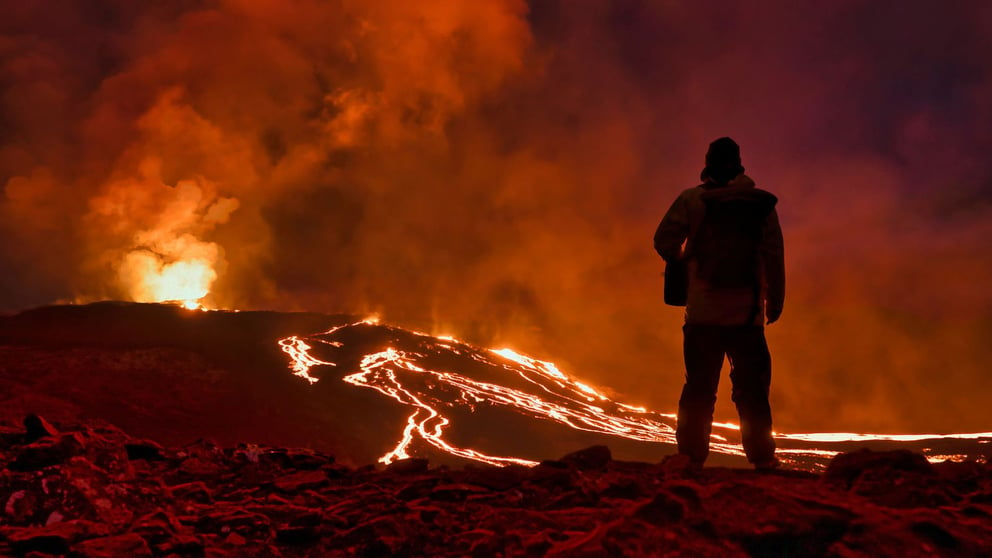
4. Roughly a third of all lava that has covered the earth’s surface since the Middle Ages has erupted in Iceland.
That’s right! This may sound like a crazy statistic but with so many volcanoes on the island, it’s easy to see how this could be possible! This shows just how many eruptions happened in the early history of inhabitants in Iceland, and just how much lava can be produced. The many lava fields of Iceland have been created and molded by past eruptions and infusions of fresh lava.
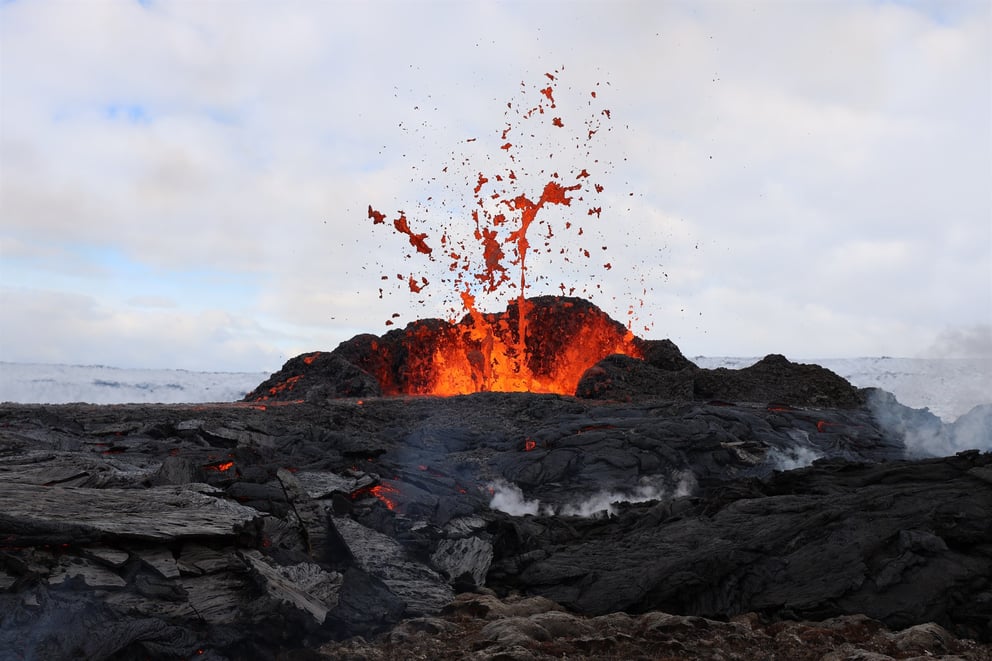
5. Over 90% of Icelandic housing is heated by geothermal energy.
While eruptions can cause mass mayhem and disaster, it’s not difficult to imagine why people in the past have chosen not to leave Iceland’s shores. Geothermal power provides a cheap and incredibly clean way to produce energy, making Iceland a very sustainable country. When you visit Iceland and turn on the hot tap, you can often smell sulfur! This is because hot water is heated by magma underneath the earth’s surface and pumped straight to residents’ taps.
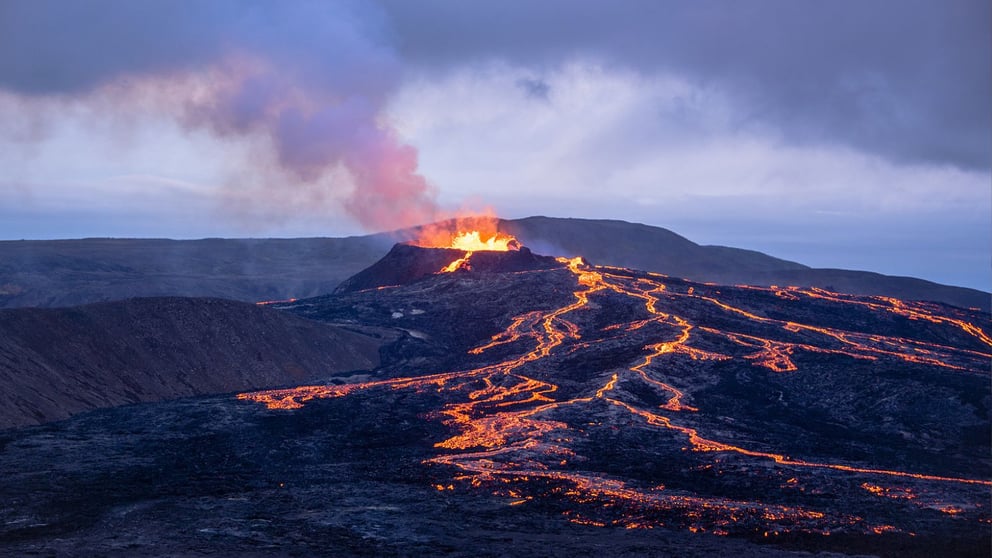
6. Only in Iceland can you take an elevator down to a magma chamber.
Þríhnúkagígur is a dormant volcano which last erupted around 4 thousand years ago. The magma chamber beneath the volcano is sealed and the boiling magma drains out of the chamber after the volcano’s eruptions. As it cooled, the remaining magma created solid additions to the walls of the chamber, meaning you could enter and walk around the chamber to your heart's content.
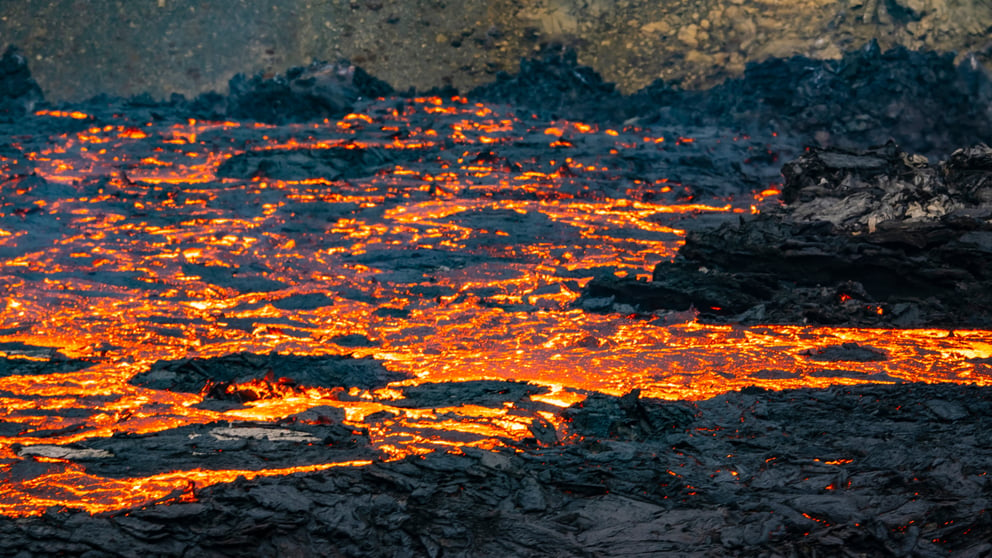
7. The 2021 eruption from Fagradalsfjall was the longest in Iceland in the 21st century.
The eruption began on the 19th of March 2021 and last produced fresh lava on the 18th of September 2021, meaning the eruption lasted for a whopping 181 days. While eruptions can last much longer than this, this was the longest eruption Iceland has seen so far in the 21st century.
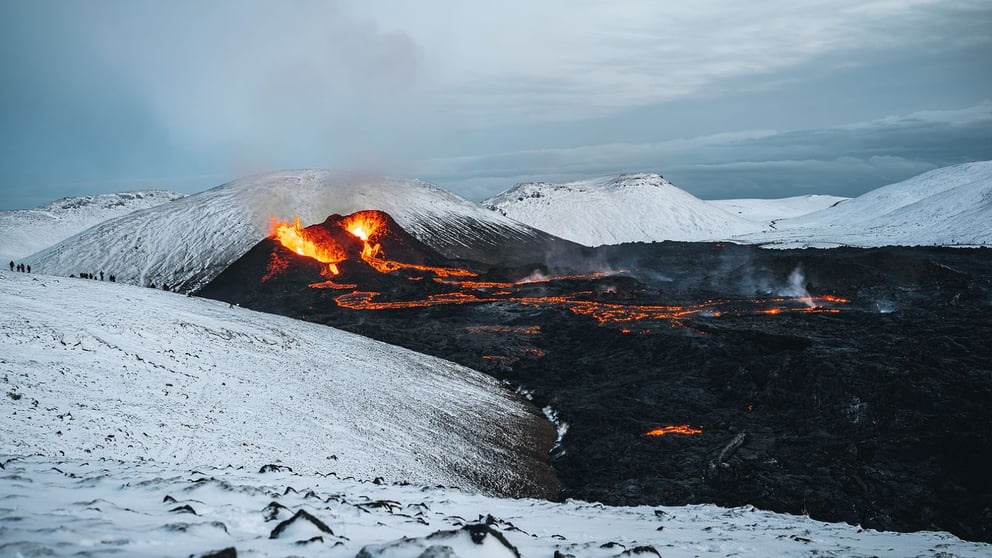
8. The deadliest Icelandic volcanic eruption took place in 1783.
This eruption is called the Skaftáreldar (fires of Skaftá). Around a quarter of the population of Iceland at the time perished in the disaster, mainly due to indirect effects of the eruption, including damages to livestock and changes in climate on the island.
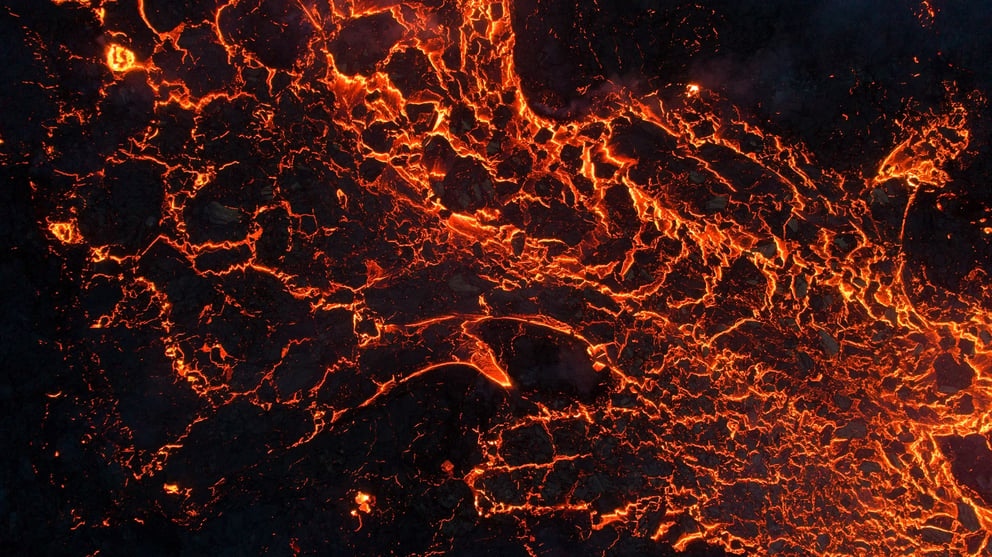
9. Iceland is entirely formed of volcanic rock.
Iceland is a volcanic island and was likely formed by several eruptions under the earth’s surface many millennia ago, whose lava cooled to create the landmass. The Katla Volcano eruption of 1918 famously increased Iceland’s coastline. Most of the island is formed from basalt, which is the rock that is formed when lava cools down.
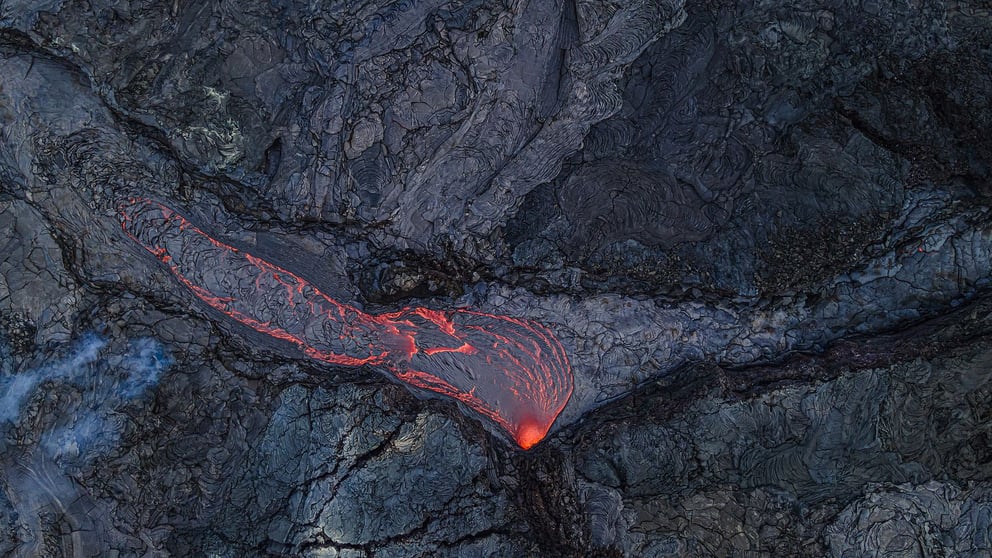
10. Iceland is one of the most active places in the world when it comes to volcanic behavior.
Iceland famously sits on the boundary of two tectonic plates, the exact meeting of which you can see at Thingvellir National Park! Throughout its history, the island has averaged around 1 eruption every 5 years, not including eruptions below the earth’s surface.
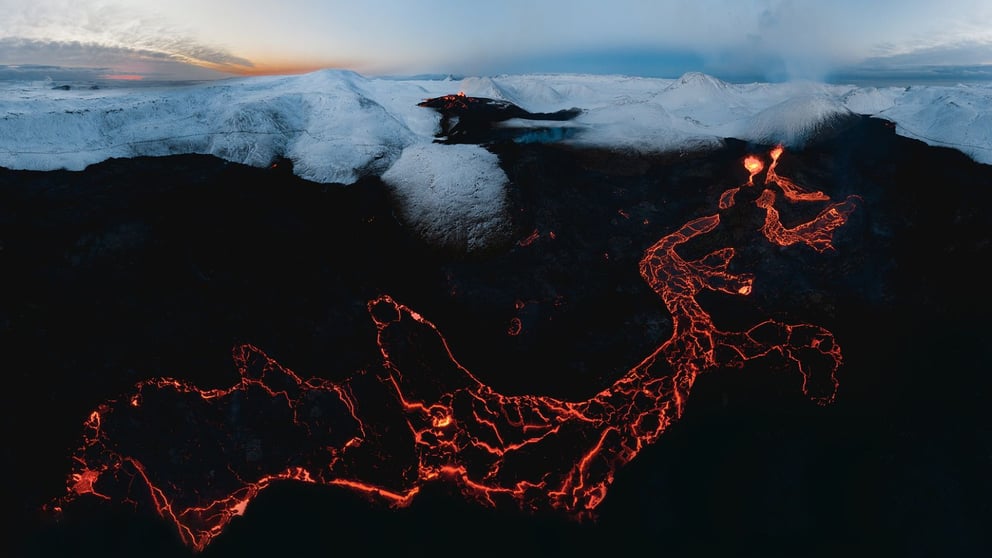
To make the most of your trip to Iceland, why not explore by rental car? This way, you can visit as many volcanic hotspots and stunning landscapes as possible at your own pace.
To make the most of your trip to Iceland, why not explore by rental car? This way, you can visit as many volcanic hotspots and stunning landscapes as possible at your own pace.

